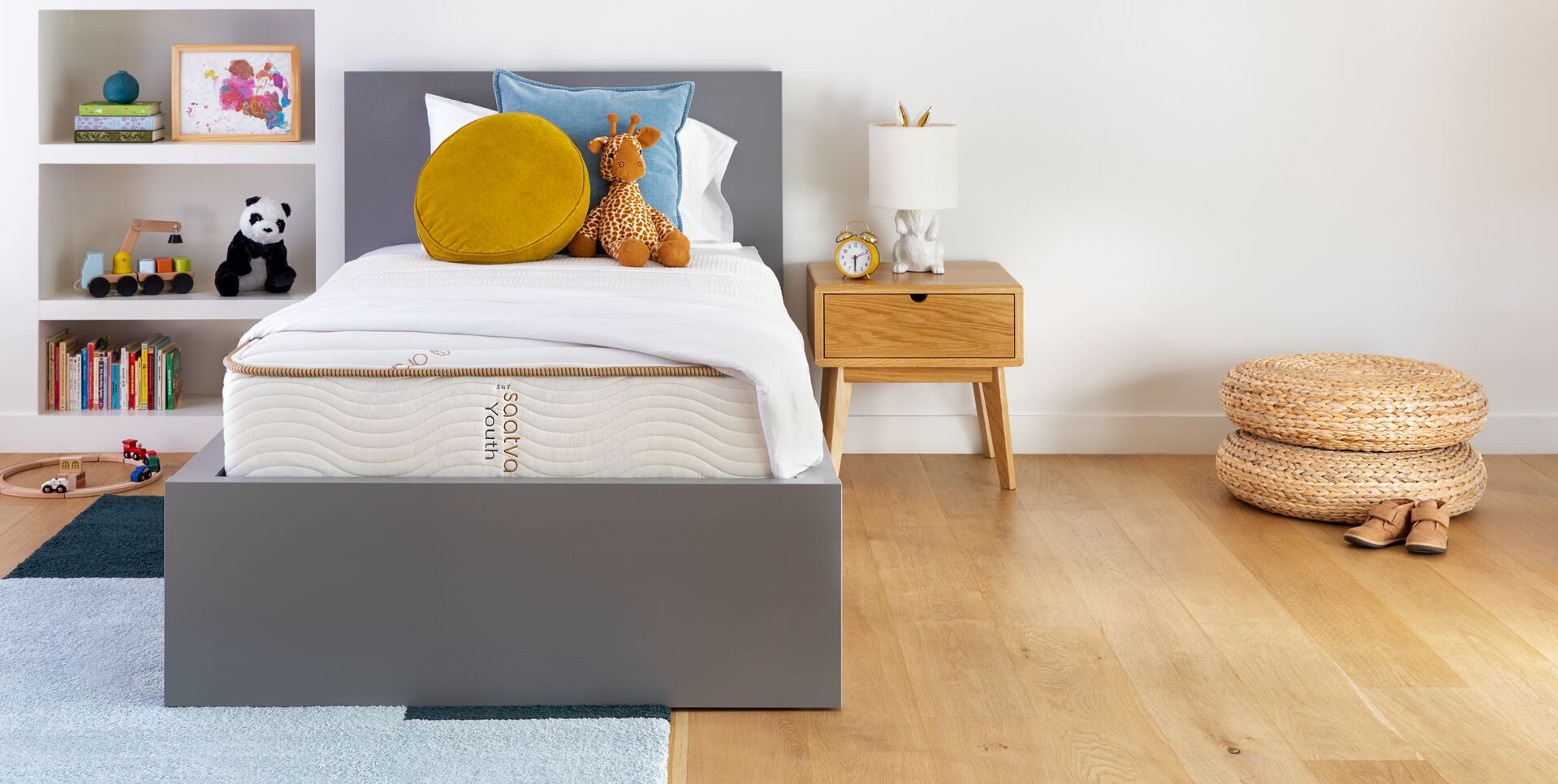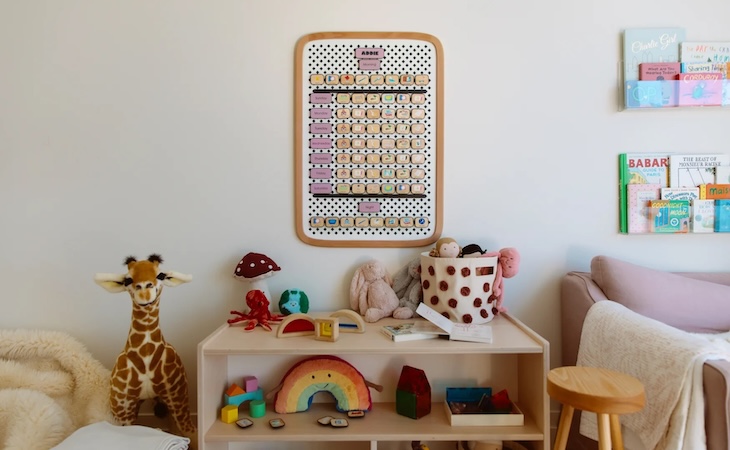In an ideal world, the body runs on a predictable schedule. When the sun rises, wake-up hormones (cortisol) get you going, and in the evening, calming hormones (melatonin) ease you to sleep, explains Lynelle Schneeberg, PsyD, pediatric sleep psychologist and author of Become Your Child’s Sleep Coach: The Bedtime Doctor’s 5-Step Guide, Ages 3-10.
However, plenty of things can disrupt a child’s natural circadian rhythm and disturb their sleep, from the blue light emitted from devices, to stress (which, during a pandemic, is running high), to an overall lack of schedule (common not just now but also come summer, when freer days roll around).
The importance of sleep routines for kids
But no matter how old, kids need quality sleep to support mental and physical development. Kids who get enough sleep are better able to regulate their emotions, pay attention, and learn better, explains Michael Breus, PhD, fellow of the American Academy of Sleep Medicine and author of The Power of When: Discover Your Chronotype. Overall, their immunity and mental and physical health tend to improve when they’re well-rested too.
Fortunately, research shows a consistent bedtime can help your kids get the rest they need. What’s more, kids thrive on routines; structure makes them feel safe and secure, and sleep is no exception to that.
Of course, enforcing a reasonable sleep schedule is easier said than done when your routine is all out of sorts and the summer sun is only just beginning to set at bedtime. Here’s how to establish a routine around sleep schedule come warmer weather.
Understand children’s unique sleep needs
It might be easy to think that because you need about eight hours of sleep each night, so do your kids. But children need more sleep as their bodies grow and develop, says Breus. For preschoolers, aim for 10 to 13 hours; for school-aged children, 9 to 11 hours; and for teens, 8 to 10 hours, per the National Sleep Foundation. Keeping these time windows in mind, even during the summer, is key to having a well-rested child.
Be flexible with bedtimes
Rather than choosing an arbitrary bedtime for your children and sticking to it every night, count backward from when they need to get up according to sleep needs for their age range and use that as their bedtime, advises Schneeberg. That may mean staggered bedtimes in your household—or even bedtimes that change night to night depending on wake-up times the next day—but it’s worth it to ensure that your kids hit the sweet spot for sleep.
Summer-ize your windows
Bright sunshine is the biggest facilitator of circadian rhythm. During the summer months, the sun will shine brighter earlier in the day, which could wake kids up earlier than usual. “Blackout curtains in children’s bedrooms are especially helpful in the summer when it can be hard to convince a child to go to bed when it’s still so light out,” says Schneeberg. Close them after dinner to help your children transition from busy daytime activities to winding down for bed.
Stack your bedtime routine with “Bs”
Leaving 10 to 20 minutes before bedtime for a wind-down routine can help your child feel secure and in control, even when life has less structure outside of the school year. Use the “5B routine,” suggests Schneeberg. That includes a bedtime bite (nut butter on toast, for example), a bath, brushing teeth, a bathroom trip, and books. After you tuck them in, leave your kids with a bedside reading light and encourage them to read until they’re drowsy, she says.
Create bedtime “tickets”
Young kids who don’t want to head for bed just yet (or sense the summer lull in schedule) tend to be experts at stalling with last-minute requests. While some call for an automatic “no” (ordering pizza), you can allow for some wiggle room by giving each child two bedtime “tickets” for mini-requests, such as one more hug or another stuffed animal, says Schneeberg. Index cards with stickers or glitter will do the trick (and could make for a fun arts and crafts project). Tell your children that these tickets can only be used for brief requests and they expire in about 10 minutes, she says.
Ease back into the school year schedule
It’s fine to let your kids sleep in a little during the summer (think: one hour later than their usual school year wake-up time), says Schneeberg. However, two weeks before school starts—whether that’s in-person school or virtual learning—push back bedtimes and wake-up times by 10 to 15 minutes every few days, suggests Breus. This way, adjusting their schedule to go back to school will be a bit easier and their sleep will be protected in the meantime.
Is your kid stressed out from the news? Here’s how to manage a child’s anxiety for better sleep.





